The Hand of Night 1968, reviewed by guest writer ALAN HOARE
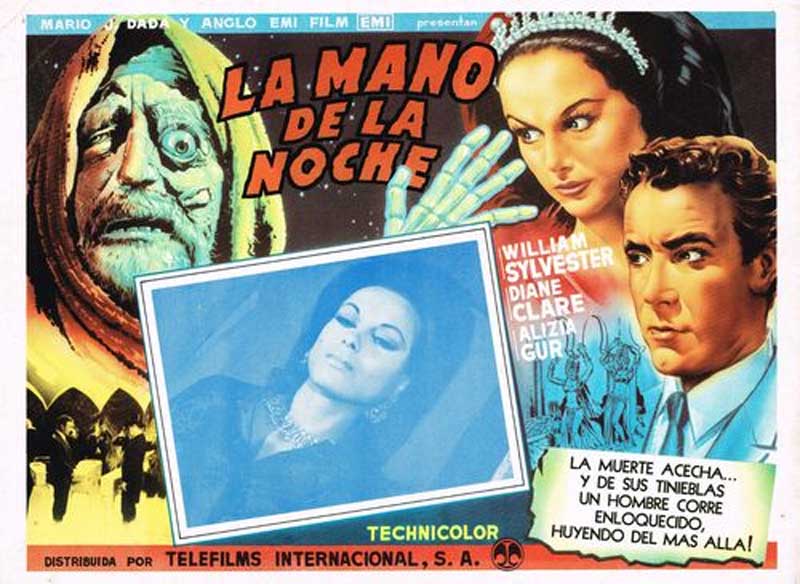
TITLE: The Hand of Night aka Beast of Morocco
YEAR RELEASED: 1968
DIRECTOR: Frederic Goode
CAST: William Sylvester, Diane Clare and Aliza Gur
Review of The Hand of Night 1968
The Hand of Night is a 1968 British horror film directed by Frederic Goode. It is also known by the alternative title Beast of Morocco. The plot tells of a British widower Paul Carver (William Sylvester), who is seduced by a vampire Marisa (Alizia Gur) in Morocco
The film opens with a very effective title sequence involving skulls, skeleton arms and red smoke and set us up to expect something rather unusual.
In a fog bound cemetery, Paul Carver sees a funeral procession of a child and adult’s coffins. Intrigued, he follows them into a fog-filled mausoleum. The two coffins are placed on stands and suddenly the Bridal March starts to play and a bride and groom appear – walking into the mausoleum, passing the coffins. The bride screams and Carver sees car headlights coming towards him.
He awakes in a panic on a plane flying to Morocco. Gunther (Edward Underdown), the passenger next to him, tries to comfort Carver, who tells him of his dream and that Gunther was in it along with a bearded Arab. Gunther takes an interest in Carver and presents him with his business card asking him to visit him in Morocco.
Upon arriving in Morocco, Carver learns that his contact is missing and heads to a bar. We soon learn that he is a troubled soul, who killed his wife and child in an automobile accident and blames himself for this. As a result, he has lost his desire for life and is heading towards the dark.
In a drunken stupor, he heads to Gunther’s House seeking employment. On arrival he is made welcome by the butler and while he waits a sultry female passes him by, making eye contact but saying nothing. Carver’s gaze is broken by Gunther who invites him into a party celebrating the discovery of a new archaeological site. During the party Carver sees the mystery woman several times. Gunther also asks Carver if Leclerc is the bearded Arab from his dream, Carver confirms he is.
Carver is introduced to Chantel (Diane Clare), Gunther’s aide, who takes an instant interest to him, but also senses he is troubled. Learning of his loss, Chantel directly asks him about the accident. She reveals that she too has lost love, but knows she will replace it with a better stronger love. Frustrated and angry, Carver leaves the party, meets the dark and mysterious Omar, who tells him there is light in the dark, and is finally led by a blowing rag into the desert, where he comes upon a lavish Moorish castle.
Inside he is greeted by the mysterious woman, who revels herself to be Marisa. Dancing girls and faceless robed figures appear, whilst Marisa tell Carver of her desire for him. All of a sudden the ring Carver is wearing catches the light and repels Marisa and the dancing girls.
Carver blacks out and awakes in the desert – the Moorish castle has vanished. Confused he consults with Gunther, who is concerned for his welfare, thinking he is being stalked by a vampire. Gunther tells Carver that Chantel is his daughter-in-law who now lives with him following his son’s untimely death. Chantel is also concerned, and Gunther advises her to kidnap Carver and take him away from the city.
Chantel meets Carver and they go for a car ride and end up at the ocean and spend a couple of days getting closer to each other. During this time, Carver slowly begins his return to the light as he slowly develops feelings for Chantel.
They return to the Moorish Market and meet Leclerc who shows them a rug featuring the face of Marisa. Carver is then bumped into and his wallet is stolen by a man dressed in Omar’s clothes. He sets chase and catches him only to find it is not Omar. Returning to Chantel and Leclerc he learns that Marisa is an ancient princess whose remains have just been uncovered at the dig. Chantel takes it upon herself to dispel Carvers’ obsession with Marisa and visits her grave only to be captured by her. Marisa instructs Omar to take her into the desert and tie her up and wait for sunrise where the heat will kill her.
Carver finds out about this and battles with Omar, delaying him enough to be exposed to the sunrise which makes his skin burn and eventually kills him. Carver now committed to living decides he must destroy Marisa and heads to her coffin to stake her. As he goes to drive the stake through her heart, Marissa’s voice fills his head, saying if he kills her, he too will destroy himself. Carver tells her he has chosen the light and thrusts the stake into her.
He runs screaming from the grave and into the desert – the act of killing Marisa has been too much for him.
A very unusual film from Associated British Pathe to produce, it feels more European in style and relies on mood rather than blood. It also has a very different take on vampires. Marisa has no fangs and seems to crave life force rather than blood. The Morrocco location adds to the feel that this is not a British production.
The film also has a very interesting take on good and evil, represented by light and dark showing that the vampire has some redeeming features and that Carver moved in and out of the two.
Special mention should be made of Diane Clare, who turns in a great performance as the spirited French woman Chantel. Her accent never slips and her acting ability shines through much more than it did it The Plague of Zombies.
What did you think of The Hand of Night 1968? Tell us in the comments section below!

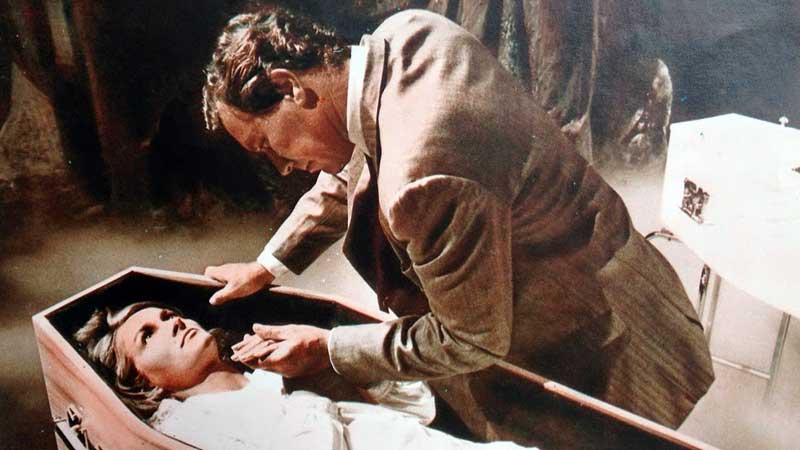

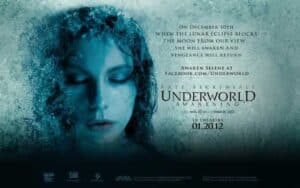
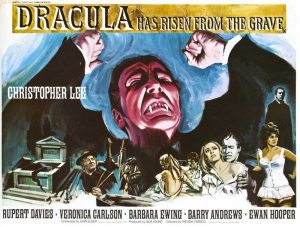
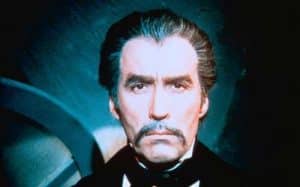
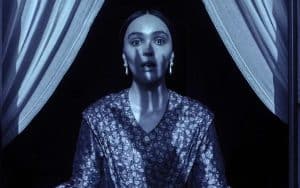

A fine description, though the ‘Guest Writer’ misses a few vital points. In the dream sequence that opens the film the coffins reveal that the dead consist of one adult and children, which are later understood to be Paul Carver’s (William Sylvester) family. The depiction of Carver with his wife in wedding dress beside him, accompanied by wedding march, that is abruptly interrupted by the approaching headlights of an automobile is immediately followed by Carver and his wife (and, presumably his children, not shown) in a car, with Carver falling out just before a collision takes place, at which point Carver is awakened by Otto Gunther (Edward Underdown), who is sitting next to him on the plane. This reveals to the audience that Carver has just recently suffered the unbearable loss of his loved ones, establishing both why he is in a state of tremendous grief and why, deep in survivor’s guilt, he has a death wish. While it’s not spelled out, one can guess that the doctor he is intending to meet with was likely willing to assist Carver in his suicide (why would he have had to travel all the way from England to Morocco for a doctor?). Of course, there’s the irony of Carver discovering that the man who he had hoped would end his suffering having himself died. Significantly, we later learn from Gunther that his assistant, Chantal (Diane Clare), is herself no stranger to loss. Gunther’s son was her fiancee, but he was killed in a war. Unlike Carver, Chantal refuses to give up on life in spite of the tragedy she’s experienced. Lastly, the soundtrack by John Shakespeare is certainly noteworthy, very unusual, very moody, definitely a significant contribution to the film (one can listen to it on Youtube).